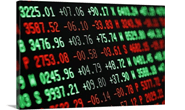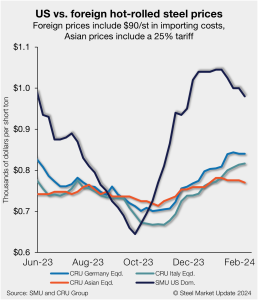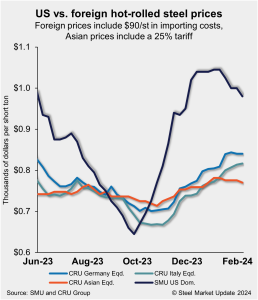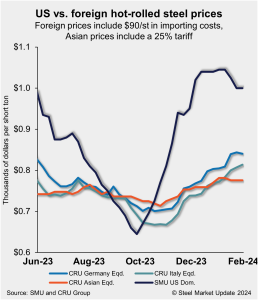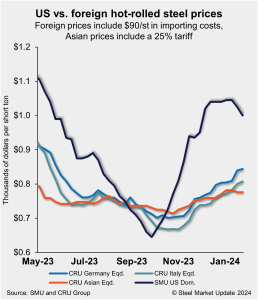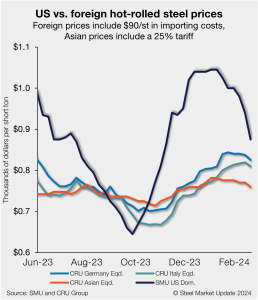
US HRC is just $77/st more expensive than imports
The premium US hot-rolled coil (HRC) held over offshore product is disappearing in a hurry. Domestic hot band prices continue to fall at a fast clip, erasing a nearly $300/st gap they had over imported HRC just two months ago. All told, US HRC prices are now 8.8% more expensive than imports. The premium is […]


